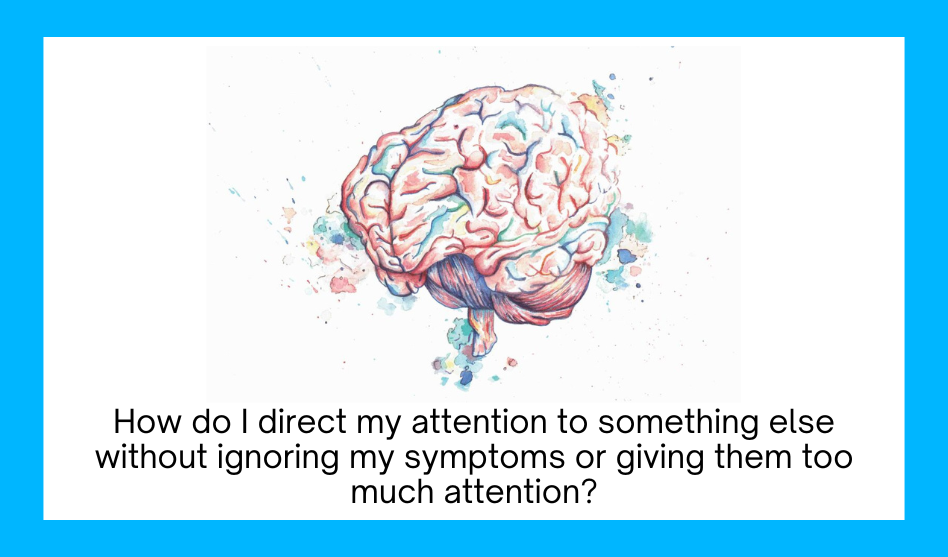Question from a member of our community:
How do you direct your attention to something else without ignoring the symptoms, but also without giving it too much attention?
To answer this question adequately, I need a specific example. There are lots and lots of examples of people working through this in real time in our Rock Steady monthly calls and those replays are available in the Rock Steady program from the moment you purchase, you get access to the full backlog of monthly replays and you’re welcome to join the live monthly calls once you’re part of the rock steady program and you can bring your own example and we can workshop that through together if it feels helpful. But for now I think it’s important to use words like allow, honor, and acknowledge. So if we do have unwanted or difficult sensations or feelings in the body, if we dismiss them, if we minimize them, if we invalidate them, we’re really just keeping ourselves locked. We’re staying in this kind of shame spiral and from a nervous system point of view, it’s keeping a lot of those symptomatic maladaptive cycles alive. So it really is very important that we don’t ignore, distract, minimize, dismiss, or invalidate what we’re sensing and feeling. It’s coming through us for us to feel. It’s not coming through us for us to ruminate on and dwell on and to get stuck on.
An example of how you could honor and acknowledge something is there is to maybe name it, speak it aloud, locate it in your body, give it a little bit of a description. You might say, “Look, it feels like the color purple. It feels twisted and knotted. It feels like it’s spinning to the left and I think it’s sitting behind my left ear.” So you can give it a bit of time. You might give it six breaths, you might talk to it, you might ask your body, “How can I support you in this feeling?” And then once you feel like you arrive at some kind of resolution or enough-ness, that could be when it’s time to say to the body, “I’m not abandoning you. I’m not dismissing you. I understand you feel this, but I also want to live my day now. It’s time for me to move on.” And I’m a big believer that if the body wants something from you, it will communicate that. You will get a message from your body in whatever way you access your inner world.
And you get a lot of practice with that in the rock steady program. So you may want to be with it, breathe into it, maybe give it six breaths just as an arbitrary example. Locate it, give it a bit of color and texture and describe it. So you’re really giving it time. You’re breathing into it. You’re speaking with it. You’re offering it support. And then you might find there comes a natural turning point where you’ve just had enough. You don’t feel like you need to be there anymore. Or perhaps if it started off as an irritation, agitation, frustration, or a fear emotion, perhaps it neutralizes and becomes more of a connection of relief of feeling listened to, feeling supported. And it will naturally actually shift, the emotion itself will guide you. And then you can start working on your desired sensations and perhaps shifting into where you want to place your attention. So like I say, there are lots of beautiful examples of this in the rock steady program, in the group call replays, which I highly recommend you listen to if you’re on this journey. They are so instructive and supportive and having that peer group support available with the group call replays is game changing.

